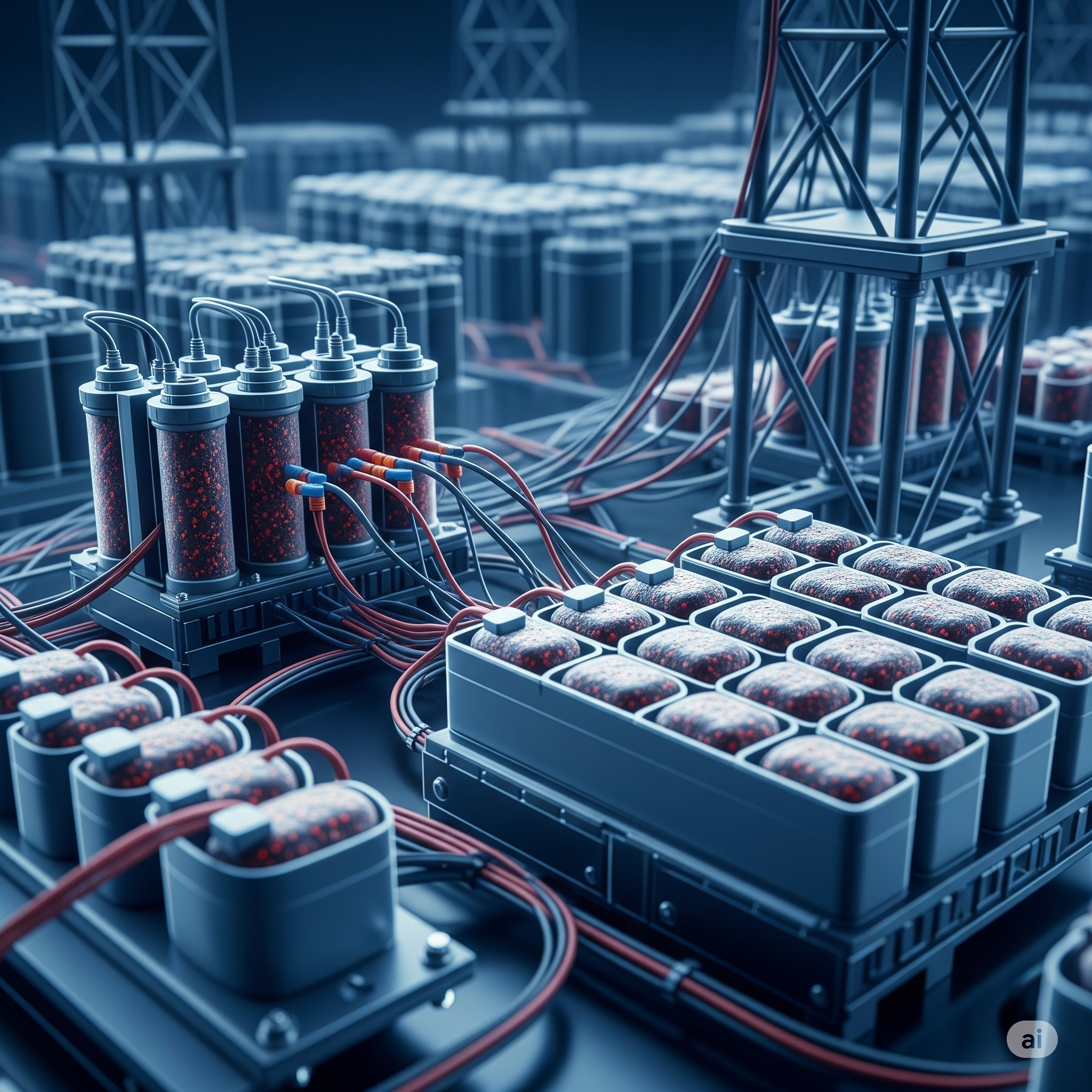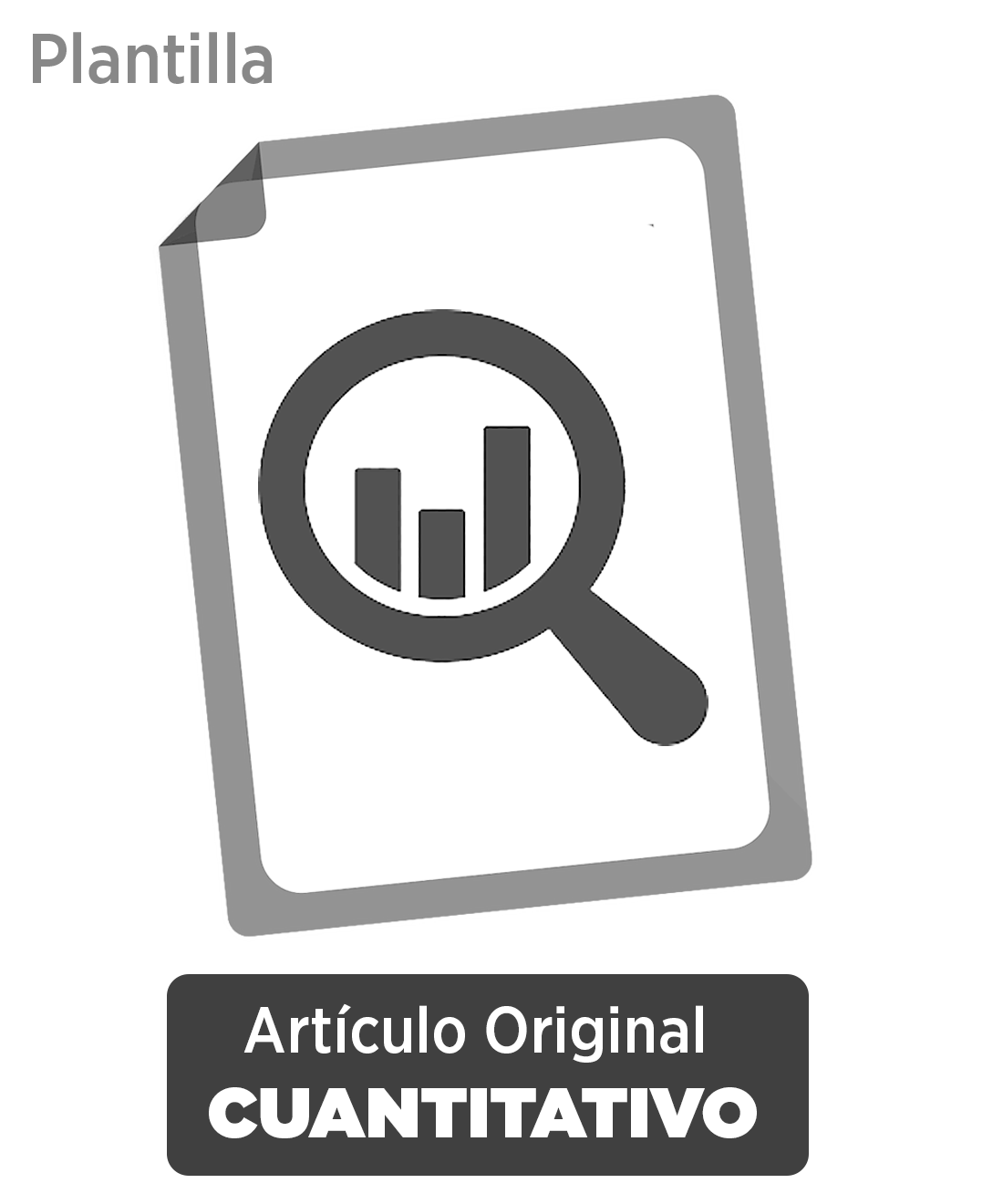Evaluation of the effectiveness of biobatteries in generating electrical energy
DOI:
https://doi.org/10.37711/repiama.2025.2.1.6Keywords:
bacteria, efficacy, electrolysis, fuel, voltageAbstract
The growth in energy demand and dependence on fossil fuels represent significant environmental challenges, especially in rural communities with limited access to energy. In this context, biobatteries based on microbial fuel cells (MFCs) emerge as a sustainable alternative for power generation. The objective of the following study was to evaluate the effectiveness of biobatteries in the generation of electric energy by means of MCC. An experimental study with a quantitative approach and explanatory scope was carried out. MCCs made with graphite electrodes and local organic substrates were used. Instruments such as digital multimeters and UV-Vis spectrophotometers were used to record and measure electrical energy through voltage, current and substrate analysis. The results revealed that the biobatteries generate an average voltage of 0.7 to 1.2 V under controlled conditions. Variables, such as electrode type, were found to slightly influence system performance. Power generation was stable for five weeks. It is concluded that the biobatteries show a high efficiency in the generation of electric energy under experimental conditions, being viable for their implementation in rural areas as a sustainable energy solution.
Downloads
References
Busalmen, J. P. (2010). Bacterias electrogénicas: De los sedimentos a las celdas de combustible microbianas. CONICET. https://ri.conicet.gov.ar/handle/11336/12626
Cárdenas, D., Villegas, J. R., Solís, C., Sanabria-Chinchilla, J., Uribe, L., y Fuentes-Schweizer, P. (2022). Evaluación del desempeño de una celda de combustible microbiana con electrodo de grafito modificado para el tratamiento de agua residual del procesamiento del café. Revista Colombiana de Química, 51(1), 40-47. https://doi.org/10.15446/rev.colomb.quim.v51n1.101185
De La Cruz Noriega, M., Rojas-Flores, S., Benites, S. M., Otiniano, N. M., Cabanillas-Chirinos, L. A., Rodriguez-Yupanqui, M., Valdiviezo-Dominguez, F., y Rojas-Villacorta, W. (2021). Generación bioelectricidad a partir de aguas residuales mediante celdas de combustible. En Proceedings of the 19th LACCEI International Multi-Conference for Engineering, Education and Technology. https://doi.org/10.18687/LACCEI2021.1.1.129
Enríquez-León, R., Rojas-Flores, S. J., Agüero Quiñones, R., Angelats Silva, L., y Benites Castillo, S. M. (2020). Bioelectricidad mediante celdas de combustible microbiana a partir de frutas descompuestas usando electrodos de plomo y cobre. En Proceedings of the 18th
LACCEI International Multi-Conference for Engineering, Education and Technology. https://doi.org/10.18687/LACCEI2020.1.1.17
Feregrino-Rivas, M., Ramírez-Pereda, B., y Estrada-Godoy, F. (2022). Estudio estadístico de la influencia de la distribución geométrica del cátodo en la producción de energía eléctrica en una celda de combustible microbiana de sedimentos. Revista de Ciencias Tecnológicas, 5(1). https://doi.org/10.37636/recit.v518095
Garbini, G. L., Barra Caracciolo, A., & Grenni, P. (2023). Electroactive Bacteria in Natural Ecosystems and Their Applications in Microbial Fuel Cells for Bioremediation: A Review. Microorganisms, 11(5), 1255. https://doi.org/10.3390/microorganisms11051255
Jacobs, D.G., Kachienga L.O., Rikhotso M.C., Abia L.K., Traoré A. N., & Potgieter, N. (2024). Assessing the current situation of constructed wetland-microbial fuel cells as an alternative power generation and wastewater treatment in developing countries. Front. Energy Res. (Sec. Bioenergy and Biofuels), 1. https://doi.org/10.3389/fenrg.2024.1448730
Kato S. (2015). Biotechnological Aspects of Microbial Extracellular Electron Transfer. Microbes and environments, 30(2), 133-139. https://doi.org/10.1264/jsme2.ME15028
López Pilco, D. F. (2018). Desarrollo de un equipo de monitoreo inalámbrico de sensores alimentado mediante celdas de combustible microbianas para el CEAA [Tesis de pregrado, Escuela Superior Politécnica de Chimborazo]. https://dspace.espoch.edu.ec:8080/server/api/core/bitstreams/0acffa4d-f4a9-43c5-9972-7eadda5f218b/content
Osman, A., Chen, L., Yang, M., Msigwa, G., Farghali, M., Fawzy, S., Rooney, David., & Yap, P. (2022). Cost, environmental impact, and resilience of renewable energy under a changing climate: a review. Environ Chem Lett. https://doi.org/10.1007/s10311-022-01532-8
Plasencia-Verde, C. C., Grabiel-Ríos, K. S., Luque, J. A., y Best, I. K. (2021). Evaluación del potencial energético de residuos de cacao (Theobroma cacao L.) por medio de celdas de combustible microbiano (CCM). Información Tecnológica, 32(4), 89-98. https://doi.org/10.4067/S0718-07642021000400089
Reguera, G., Nevin, K. P., Nicoll, J. S., Covalla, S. F., Woodard, T. L., & Lovley, D. R. (2006). Biofilm and nanowire production leads to increased current in Geobacter sulfurreducens fuel cells. Applied and environmental microbiology, 72(11), 7345-7348. https://doi.org/10.1128/AEM.01444-06
Sánchez, M., Fernández, L., y Espinoza-Montero, P. (2021). Generación de energía eléctrica y tratamiento de aguas residuales mediante celdas de combustible microbianas. Revista Digital Novasinergia, 4(1), 164-180. https://doi.org/10.37135/ns.01.07.10
Shi, L., Dong, H., Reguera, G., Nealson, K. H., Fredrickson, J. K., & Zachara, J. M. (2016). Extracellular electron transfer mechanisms between microorganisms and minerals. Nature Reviews Microbiology, 14(10), 651–662. https://doi.org/10.1038/nrmicro.2016.93
Tibaquirá G., Juan, E., y Posner, J. D. (2009). Diseño y construcción de una celda de combustible tipo membrana de intercambio protónico. Scientia et Technica, 2(42). https://doi.org/10.22517/23447214.2569
Wang, M. H. (2024). Study on electron transfer mechanisms of electroactive bacteria in microbial fuel Cells. Journal of Energy Bioscience, 15(2), 87-97. doi:10.5376/jeb.2024.15.0009

Downloads
Published
Issue
Section
License
Copyright (c) 2025 Edw Shandey Santa Cruz Camara, Donetsi Mercedes Pando Ibarra , Michelle Jeftzibá Moreno Ríos, Estéfano Marcelo Infante Morales (Autor/a)

This work is licensed under a Creative Commons Attribution 4.0 International License.




